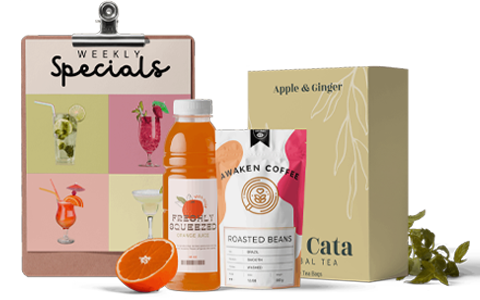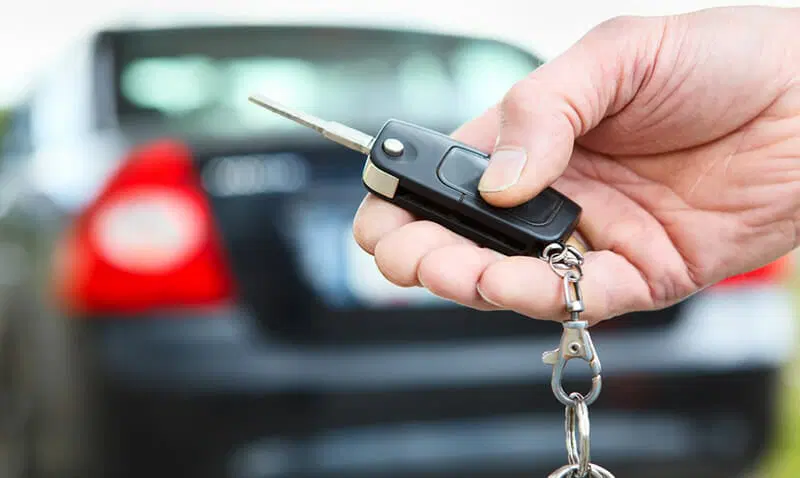In recent years, boxed beverages—which include a range of products from juices to wines and flavored waters—have become increasingly popular due to their convenience, longer shelf life, and often lower carbon footprint compared to traditional glass or plastic bottles. However, the environmental impact of these products is a multifaceted issue that warrants a closer examination. This article delves into how boxed beverages affect the environment, examining the materials used, the production processes, and the overall sustainability of these products.
What Are Boxed Beverages?
Boxed beverages are liquids contained in a cardboard-like packaging known as a “carton” or “aseptic box.” These cartons are typically made from a combination of paperboard, plastic, and sometimes aluminum. The packaging is designed to preserve the beverage’s freshness and extend its shelf life without the need for refrigeration.
Environmental Impact of Boxed Beverages
1. Packaging Materials and Resource Use
Custom beverage packaging use a combination of materials, including:
- Paperboard: The outer layer, typically sourced from trees. While paperboard is biodegradable and recyclable, the process of producing it involves deforestation, water consumption, and energy use.
- Plastic: Often used as a liner or for sealing, which contributes to plastic waste and relies on fossil fuels.
- Aluminum: Sometimes used for additional protection, aluminum production is energy-intensive and has a high carbon footprint.
The combined use of these materials results in a complex waste profile. While the paperboard component can be recycled, the plastic and aluminum layers can complicate the recycling process, making it less efficient.
2. Production and Energy Consumption
The production of boxed beverages involves several steps, each with its own environmental impact:
- Raw Material Extraction: Extracting materials for paperboard, plastic, and aluminum requires significant energy and resources.
- Manufacturing Process: The production of paperboard involves pulping and bleaching, which consume water and chemicals. Plastic and aluminum production are energy-intensive processes with high greenhouse gas emissions.
- Transport and Distribution: Boxed beverages are relatively lightweight and can be transported efficiently compared to glass bottles, reducing transportation emissions. However, the overall environmental footprint of transporting these products still contributes to their carbon footprint.
3. Waste Management and Recycling Challenges
While boxed beverage cartons are recyclable, the presence of multiple materials can complicate the recycling process. Many recycling facilities do not have the capability to separate and process the different components efficiently. As a result:
- Recycling Rates: The recycling rates for boxed beverage cartons vary by region and facility capability, often leading to a significant portion ending up in landfills.
- Contamination: Residual liquid in cartons can lead to contamination, making them less suitable for recycling.
**4. Comparison to Alternative Packaging
When comparing boxed beverages to other packaging types, several factors should be considered:
- Glass Bottles: Glass is fully recyclable and can be reused multiple times, but its production is energy-intensive and it is heavier to transport.
- Plastic Bottles: Plastic is lightweight and convenient but has a high environmental impact due to production processes and low recycling rates.
- Cans: Aluminum cans are highly recyclable and have a lower environmental impact per unit compared to glass, but the extraction and processing of aluminum are energy-intensive.
Efforts to Improve Environmental Impact
1. Sustainable Sourcing
Many companies are making strides in sourcing materials sustainably:
- Recycled Materials: Increasing the use of recycled paperboard and plastic in packaging.
- Sustainable Forestry: Sourcing paperboard from sustainably managed forests.
2. Innovative Packaging Solutions
Efforts to reduce environmental impact are leading to innovative packaging solutions:
- Eco-Friendly Cartons: Development of cartons with reduced plastic content and improved recyclability.
- Biodegradable Materials: Research into biodegradable or compostable alternatives to traditional packaging materials.
3. Consumer Responsibility
Consumers can contribute to reducing environmental impact by:
- Proper Recycling: Ensuring that boxed beverage cartons are disposed of correctly and sorted properly for recycling.
- Supporting Sustainable Brands: Choosing products from brands that prioritize sustainability and use eco-friendly packaging.
Conclusion
Boxed beverages offer convenience and extend the shelf life of drinks, but their environmental impact is a complex issue involving packaging materials, production processes, and waste management. While the use of paperboard in beverage packaging, Your Box Packaging offers some advantages over plastics and glass in terms of weight and energy use during transport, the overall environmental footprint remains significant due to the materials used and recycling challenges.




